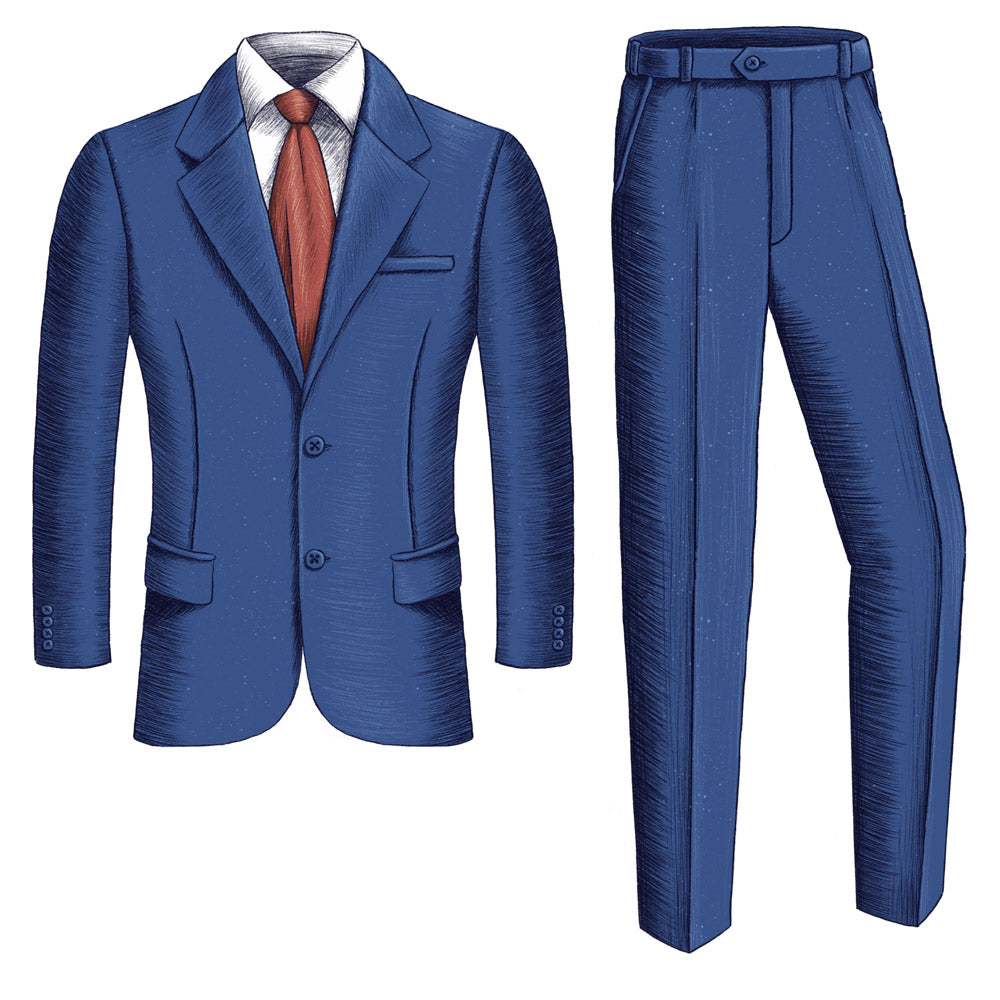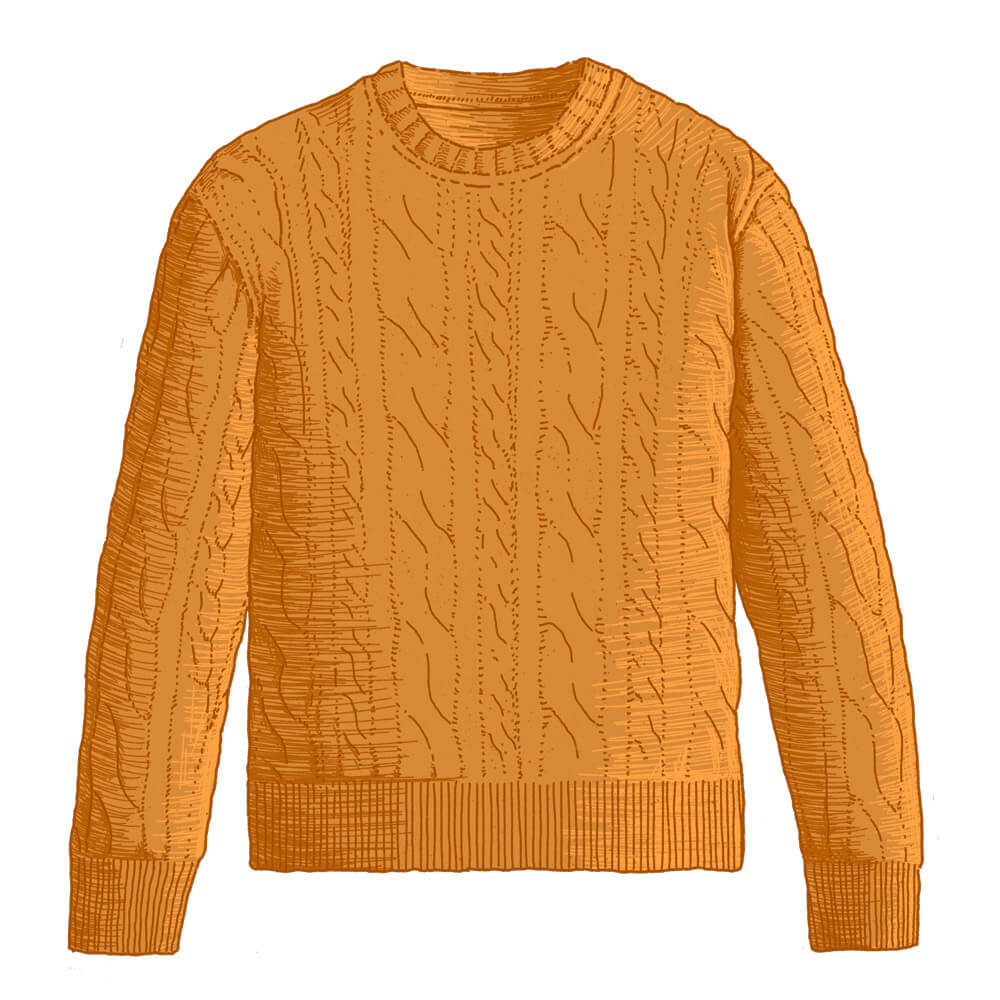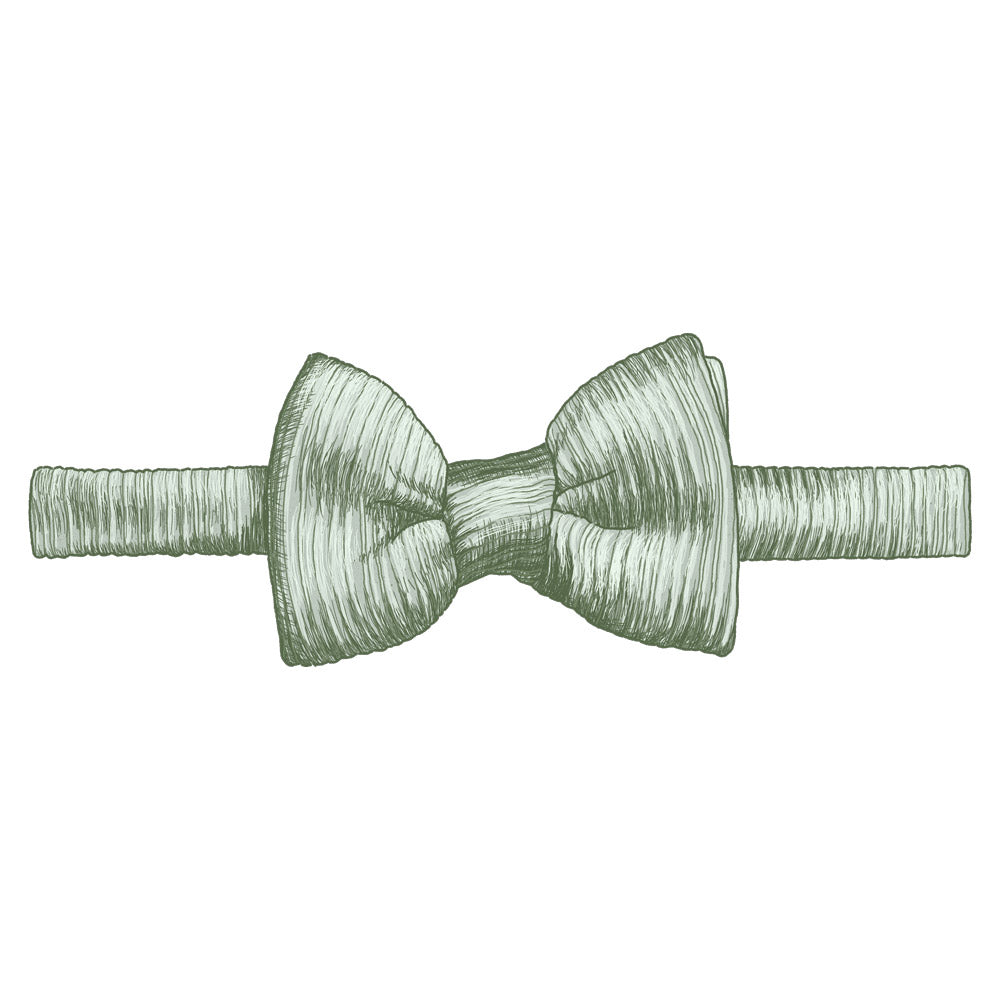Take a walk to about half-way down the ornate indoor thoroughfare that is The Royal Arcade, a few meters from the southern end of Savile Row in London’s Mayfair. Look to the right and peer through the pane of thick glass of a wonderfully quaint Victorian shop front, and you’ll encounter a tiny, beautifully appointed space, lit by a chandelier, and blessed with a stunning display of the finest shoes available on the planet.
Enter the door on the right and, should you be invited to do so, make their way up the narrow staircase to the last room at the very top of that premises. Here, the visitor will find endless bunches of wooden lasts on which, in thick black ink, are written names ranging from Winston Churchill to The Prince Of Wales (now King Charles) and Ralph Lauren as well as David Beckham, Jason Statham, Kenneth Branagh, Hugh Grant and Sylvester Stallone.
Such is Cleverley’s cache in celebrity circles, CEO George Glasgow Jr. – who co-owns the family business, which was founded in 1958, with his father — has, for the last two decades, divided his time between London and Los Angeles, and become a close friend to many of contemporary cinema’s major leading men.

At the core of Cleverley’s raison d'être is craftsmanship: whether it’s classic Oxfords, penny loafers, Chelsea boots or sneakers being created, each pair of shoes takes over 100 man hours to make, with five different artisans involved. Machines are used – but vintage ones, from the 1920s, acquired specifically by the company in order to limit automation and maintain the human touch. “Particularly in the modern era when everyone wants everything in ten minutes, it can be hard to explain that our shoes are made by hand,” as Glasgow Jr. told Robb Report recently.
“The drying out process alone takes a week – there are English and Italian factories who dry out a shoe, after its making, in the space of 15 seconds. It takes us a week, because we leave each shoe to dry in its natural environment. This makes the stitches more robust; it allows the shoe to mold around the last in the correct way at its own pace. Intense heat for the sake of getting it done so that you can shove the next shoe onto the last just isn’t conducive to durability, to quality. To my mind, nothing mass-produced can be deemed luxury, whatever the price tag. Made by hand, by craftsmen, in small quantities, harder to find, unique – that’s the new luxury.”
Another major priority to Cleverley has always been sourcing the finest leather and other materials – and the rarest. When a batch of reindeer leather, tanned and treated using secret techniques by Russian monks, was recovered from a Danish shipwreck from 1876, Cleverley was first in the queue to get some in storage for special commissions, and Glasgow is always on the lookout for Himalayan crocodile and other extremely hard-to-come-by skins to offer discerning clients who want genuinely unique shoes and other leather products (briefcases, washbags and even golf bags are part of their repertoire).

Cleverley’s place in popular culture continues unabated – the company’s distinctive shoes, including their trademark chisel-toe silhouette, were recently seen on the feet of Stallone in the second season of mob drama Tulsa King. But there’s more than just showbiz credentials keeping Cleverley more relevant than ever here in 2024. “Bespoke is so important now because at the high end people want luxury and not loud branding,” explains Glasgow Jr. to Anatoly & Sons — whose own contribution to the classic shoe canon can be seen in their shoe collection, with many styles echoing those made by Cleverley & Son for their bespoke clients and ready-to-wear lines.
“They want exclusivity, and unique styles and materials, without showing off. “They want quality and discrete luxury which is the DNA of bespoke. This is why we are getting so many new clients from all over the world.”
---------
Shop Anatoly & Sons' Shoe Collection
Design a Pair of Anatoly & Sons Made-to-Order Shoes









